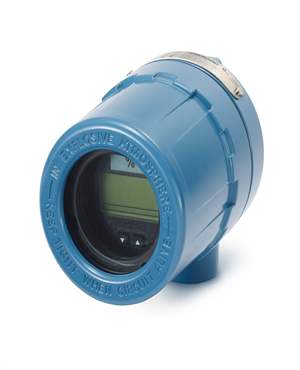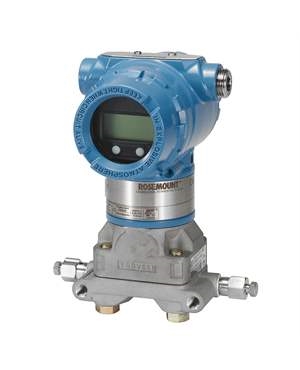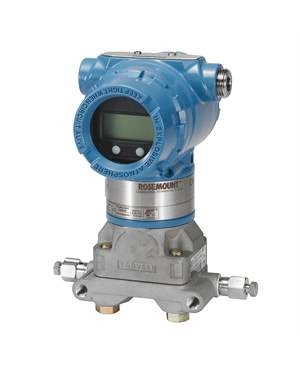What is a Thermocouple and How Does It Work?
Brian Craig
September 17, 2020
A thermocouple sensor is one of the many types of temperature sensing devices used in measuring different variables in industry applications. They are often used for temperature measurement and control at gas turbine exhausts, diesel engines, high-temperature furnace operations, etc. Thermocouples are not only used in industrial but several domestic and commercial applications, too. In thermostats, flame and smoke sensors, gas or liquid fuel-powered appliances, etc are paired up with thermocouple sensors in order to control operational temperature rise. Since the thermocouple sensors are of great significance and are highly utilized types of temperature sensors, it is important to be literate about it. This post discusses what thermocouples are and how do they work.
An Overview of Thermocouples
The thermocouple sensor is the temperature-sensitive device, which features two wires of dissimilar material. Owing to different compositions, these wires offer a difference in electric conductivity. The difference in electric conductivity generates a differential electrical junction between which further produces temperature-dependent voltage. This activity is called a thermoelectric effect. This measured voltage is further projected to interpret temperature.
Thermocouple sensors are available in different models and assemblies. They are manufactured as thermocouple probes, transition joint thermocouples, thermocouples with connectors, bare wire thermocouples, etc. Although thermocouple sensors assure versatility, the functionality or the working principle remains the same.
Let us discuss the working principle of thermocouples.

Know About Working Principle of Thermocouples
The thermocouple functions according to the Seebeck effect.
The Seebeck effect can be elaborated as the generation of differential voltage due to the difference in electrical conductivity of two different materials. Named after French scientist, Thomas Johan Seebeck, who confirmed if two dissimilar metals are joined and heated, the difference in a temperature rise of these two metals gives rise to electromotive force (EMF). The same concept is reversed in the application of thermocouple.
As the electric current is passed through two welded dissimilar metals, the voltage difference occurs, which is reverse projected to calculate temperature difference. As, the electric current passes through a junction, due to limitations in conductivity and resistance of the metals, a rise in temperature takes place. Both the materials heat up at different temperatures and the difference in conductivity gives two different voltages for two different metals.
Although the working principle of thermocouple sensors is not complex, it still depends on several different factors. Measurement of voltage difference does not suffice for precise measurement.
One of the most important factors for precise temperature measurement by the thermocouple sensor is the reference temperature at the junction (Tref). It is essential to know the exact value of the Tref in order to avoid the correction factor in the voltage to temperature calculation. There are two specific techniques used to specify and identify Tref. The following are the techniques that contribute to the reading precision of a thermocouple sensor.
- Ice Bath Method: In this method, the junction block is immersed into the bath of semi-frozen distilled water to freeze the temperature of the junction. After the immersion Tref is set to 0°C for calculation references.
- Cold Junction Compensation Method: In this method, the temperature of the junction point will vary but it is consistently measured using a second temperature sensor. Tref at junction point is measured and then the precise Tref at the time of reading is used as a correction factor.
The temperature reading compensation is performed using one of these two methods to complete the working of thermocouple sensors without errors.
Although the introduction and working principle of thermocouples is persuaded, it is also important to pay attention to the quality of this sensor. The build quality of thermocouple sensors ensures precision in reading. Therefore, one must buy thermocouples from trusted manufacturers or suppliers like The Transmitter Shop. The company has been supplying industrial process equipment like the thermocouples, transmitters, sensors, etc for several years. One can find premium quality products from high-end brands like Rosemount, Foxboro, Honeywell, etc.
Related Posts
- Important Calibration Tips for Pressure Sensors
- What is RTD Sensor and How Does it Work?
- What is a Thermocouple and How Does It Work?
- Why Platinum is a Preferred Choice in RTD Sensors?
- How to Choose the Right Exhaust Gas Temperature Sensor for Your Engine
- Role of Sensors in the Food Processing Plant
- How Can Greenhouse Gas Emissions Be Reduced?
- Understanding Electrochemical Detection: Principles, Techniques and Environmental Application
- Furnace Flame Sensor Faults: Everything You Need to Know for Safe Operation
- Complete Hydrogen Gas Safety and Measurement Solutions
- Complete Hydrogen Gas Safety and Measurement Solutions
- Steam Boiler Drum Level Measurement A Comparison of Control System Technologies
- Furnace Flame Sensor Faults Everything You Need to Know for Safe Operation
- Comparison between Multi Valve Manifolds Block Valves and Bleed Valves
- Pneumatic Pressure Controllers: A Safe Choice for Hazardous Areas
- Furnace Flame Sensor Faults Everything You Need to Know for Safe Operation
- Pneumatic Pressure Controllers: A Safe Choice for Hazardous Areas
- How Can Greenhouse Gas Emissions Be Reduced?
- A Practical Guide to Vacuum Measurement and Operation
- Understanding Electrochemical Detection: Principles, Techniques and Environmental Application
QUICK ENQUIRY







